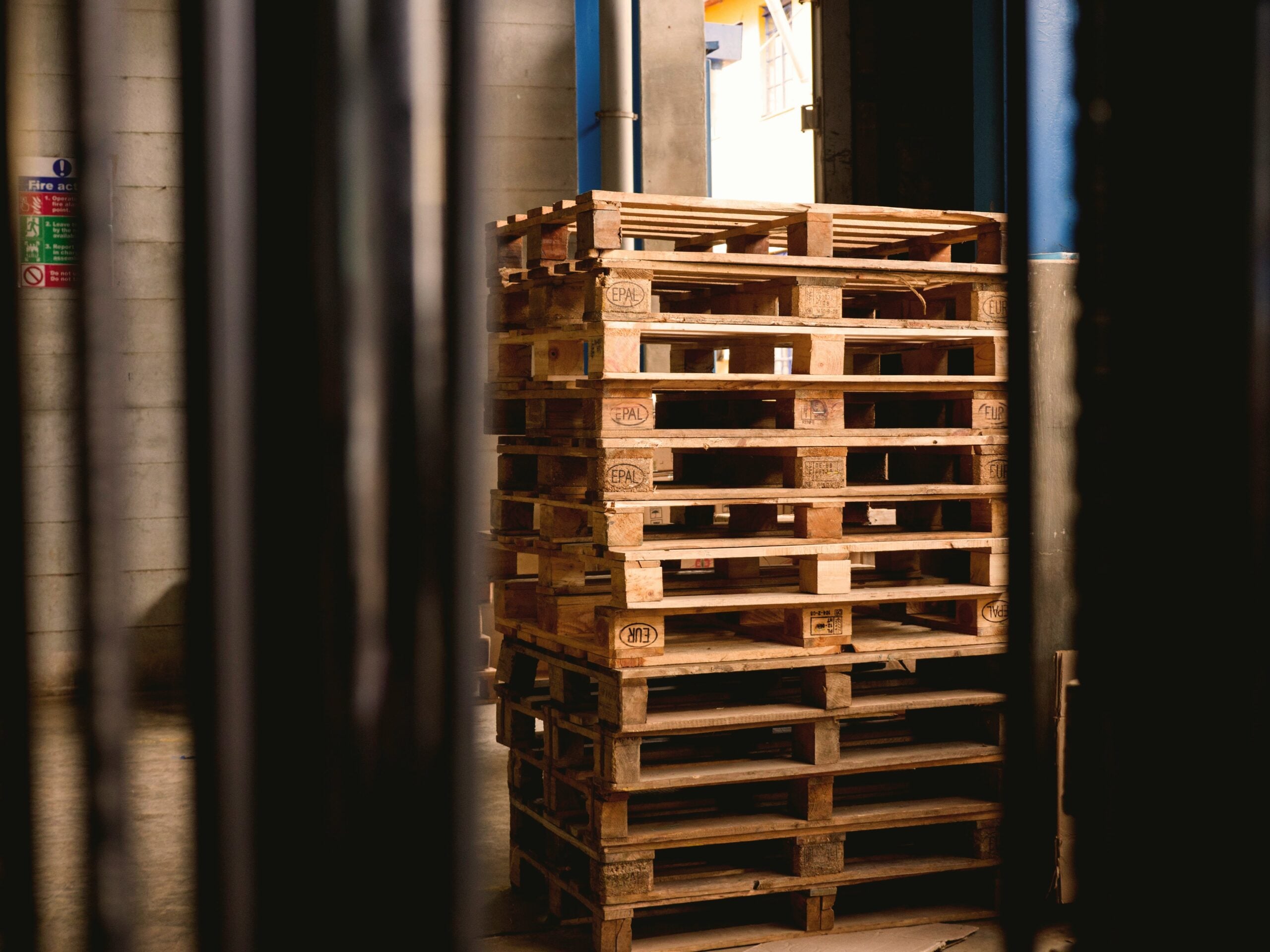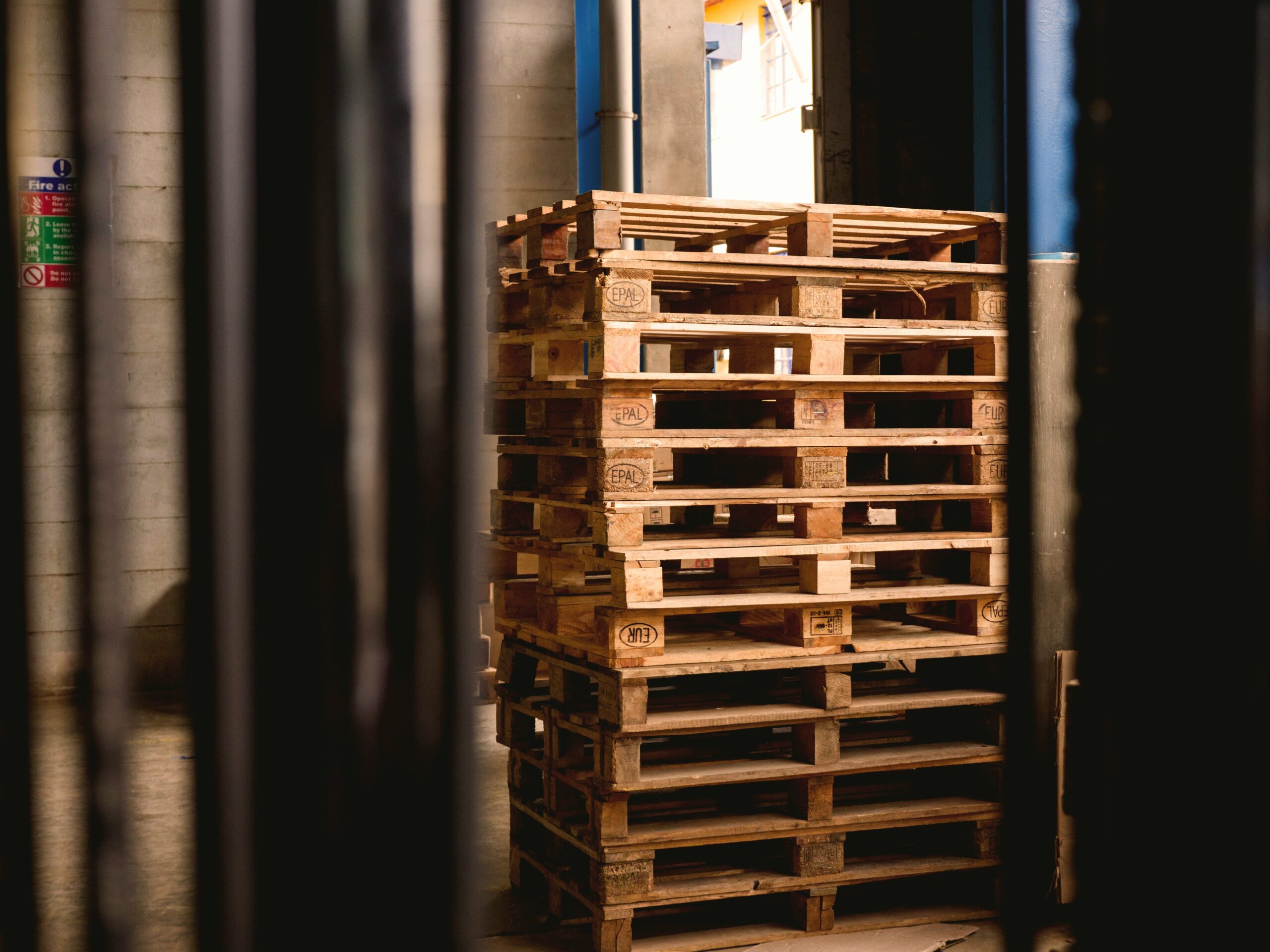With the growing need for eco friendly solutions, there are lots of companies that are seeking ways to reduce environmental footprints. Traditionally, plastic wraps were the go-to choice, but the negative environmental impact has led to a shift toward more sustainable options.
Choosing the right eco friendly pallet wrap is essential for businesses aiming to maintain green credentials while ensuring product safety and efficiency. This article explores eight simple yet practical tips for selecting the best eco friendly pallet wrap for packaging needs.
1. Look for Biodegradable Materials
Biodegradable wraps, made from renewable resources like cornstarch or plant-based polymers, break down naturally over time, reducing environmental impact. Unlike conventional plastic wraps, which can take hundreds of years to decompose, biodegradable options offer a more sustainable alternative. Furthermore, choosing these wraps helps minimize waste and contributes to a circular economy.
2. Think About Recycled Materials
Another way to reduce the environmental impact of pallet wrap is by choosing options made from recycled materials. Wraps made from post-consumer or post-industrial plastic waste help divert waste from landfills and reduce the need for virgin plastic. Using recycled materials also supports the recycling industry and enhances supply chain sustainability.
3. Evaluate the Wrap’s Thickness and Durability
Keep in mind that eco friendly pallet wraps can be both strong and sustainable. When choosing a wrap, consider thickness and durability. Choosing thicker wraps offer better protection but may use more material. The key is balancing strength and sustainability. Many eco friendly wraps provide the same durability as traditional options while minimizing resource use.
4. Choose Stretch Film Over Shrink Film
Stretch film is often a more sustainable option than shrink film for pallet wrapping. It provides a tight, secure wrap using less material, whereas shrink film requires heat, resulting in more waste. When made from eco friendly materials, stretch film offers the same security while using fewer resources. Aso, it is easier to recycle, making it a better choice for companies looking to reduce environmental impact.
5. Investigate Compostable Options
For businesses seeking an eco-conscious solution, compostable pallet wraps are a great choice. Compostable pallet wraps are made from plant-based materials like cornstarch or polylactic acid, these wraps break down naturally under conditions without leaving harmful residues. Always remember that choosing compostable wraps ensures fully biodegradable packaging with no landfill waste.
6. Check for Certifications and Eco-Labels
When shopping for eco friendly pallet wrap, look for products with recognized certifications. Remember, these certifications ensure responsible sourcing and high environmental standards. Take note that eco-labels also verify sustainability criteria such as reduced carbon emissions, minimal resource usage, or renewable materials, supporting informed, sustainable choices.
7. Consider the Environmental Impact of Production
The environmental impact of pallet wrap production is an important consideration. Some manufacturers prioritize eco friendly methods that use less energy, reduce water usage, and lower emissions. Researching different brands helps businesses identify options committed to sustainability from raw material sourcing to distribution. Supporting such companies promotes greener industry practices.
8. Ensure Proper Disposal and Recycling
Even eco friendly materials need proper disposal to minimize environmental impact. Many wraps are recyclable, but checking local facility acceptance is vital. Compostable options should go to composting facilities. Educating teams on proper disposal helps close the loop and supports sustainability.
Sustainable Packaging for a Better Future!
Choosing eco friendly pallet wrap is a crucial step in reducing a business’s environmental footprint. From considering biodegradable materials to proper disposal methods, it is possible to make an informed decision that aligns with both business goals and sustainability.
As more sustainable options are available than ever, companies can meet packaging needs while contributing to a greener future. This shift not only benefits the environment but also enhances a company’s reputation as a responsible, forward-thinking leader in the market.


